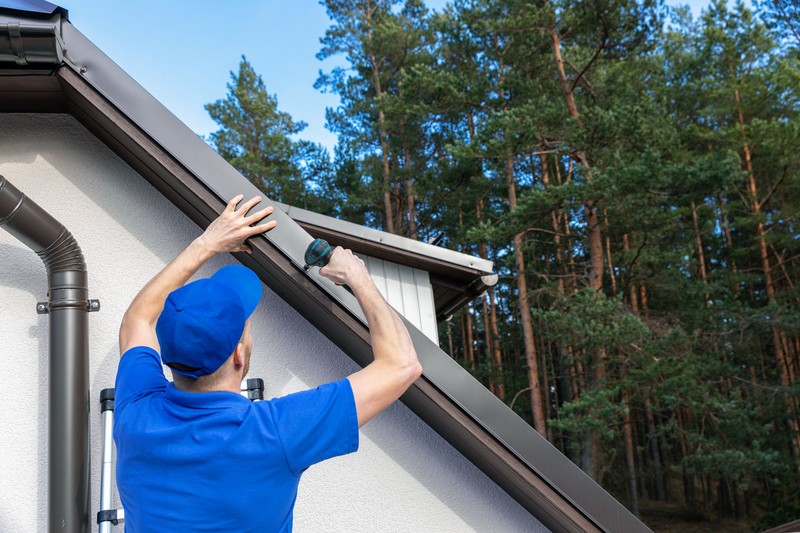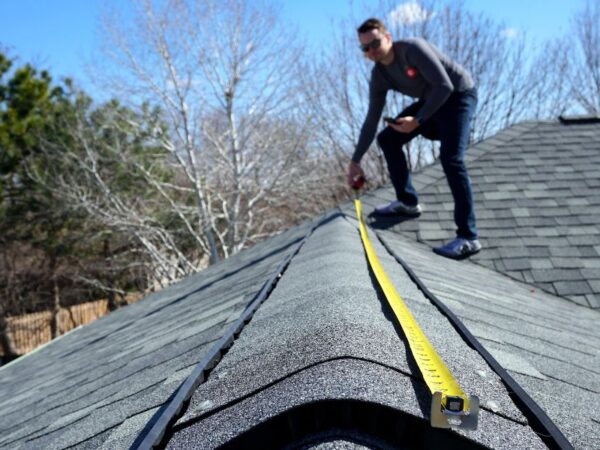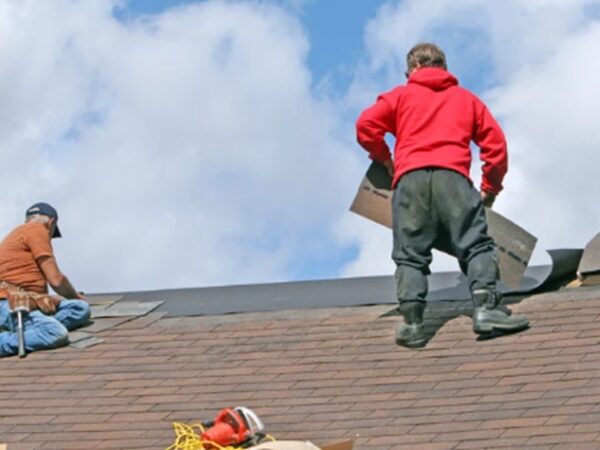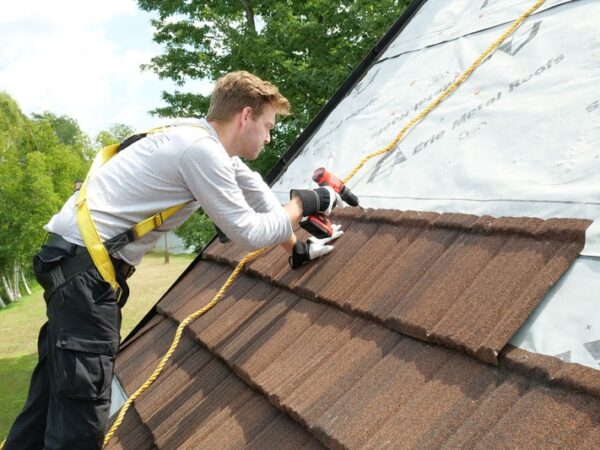When it comes to protecting your home from the elements, a well-installed roof is essential. One often overlooked component of a roofing system is the drip edge. Although it may seem like a small detail, the drip edge plays a crucial role in safeguarding your shingle roof and preventing water damage.
In this short guide, we will explore what a drip edge is, its purpose, and why it is important for your home.
What is a Drip Edge?
A drip edge is a metal or PVC strip that is installed along the edges of a roof, specifically at the eaves and rakes. It is designed to direct water away from the underlying structure, preventing it from seeping into the roof deck or fascia. Typically, drip edges have an L-shape, with one edge extending over the roof edge and the other tucking under the roofing material.
The Purpose of a Drip Edge
The primary function of a drip edge is to channel water away from the vulnerable areas of your roof. By extending beyond the roof’s edge, it helps prevent water from dripping down and causing damage to the fascia, soffit, or siding. Additionally, a drip edge helps to protect the underlying roof deck from water intrusion, which can lead to rot, mold growth, and structural issues.
Benefits of Installing a Drip Edge:
Enhanced Water Protection
The main benefit of a drip edge is its ability to keep water away from critical areas of your roof, preventing costly water damage.
Increased Roof Longevity
By minimizing water intrusion, a drip edge helps extend the lifespan of your roof, reducing the need for premature repairs or replacements.
Improved Aesthetics
Installing a drip edge gives your roof a finished look, adding a professional touch to its appearance.
Pest Prevention
Drip edges also act as a barrier against pests, such as insects and small animals, that might try to access your home through the roofline.
Proper Installation Guidelines
To ensure the drip edge performs its intended function, it is crucial to follow proper installation guidelines. Here are some key considerations:
Material Selection
Choose a high-quality drip edge made of durable materials like aluminum or PVC, as these offer excellent resistance to weathering and corrosion.
Correct Positioning
The drip edge should extend beyond the roof edge but not interfere with the gutter installation. It should be positioned under the underlayment and over the fascia.
Secure Attachment
Use appropriate fasteners, such as roofing nails or screws, to secure the drip edge in place. Ensure they are spaced adequately to provide sufficient support.
In conclusion, while often overlooked, a drip edge is a vital component of a shingle roof system. It plays a crucial role in protecting your home from water damage, prolonging the life of your roof, and enhancing its overall aesthetics. When installing or replacing a shingle roof, be sure to include a drip edge to maximize its effectiveness. Remember, a properly installed drip edge can save you from costly repairs down the line.
Publisher’s Details:
Atlas Roofing
22731 Schoolcraft St, West Hills, CA 91307
(866) 343-0686
atlasroofingpro.com
[email protected]
If you’re interested in staying up-to-date with the latest trends in the roofing industry, be sure to check out the blog post titled “Top Roofing Trends You Should Read About” on the Atlas Roofing website. If you’re in need of top-notch roofing services in Calabasas, CA, don’t hesitate to reach out to the experts at Atlas Roofing, as they ensure the durability and reliability of your roof. Don’t compromise on the safety of your home—trust the professionals for all your roofing needs.





